Scientists Trying To Produce Water On The Moon
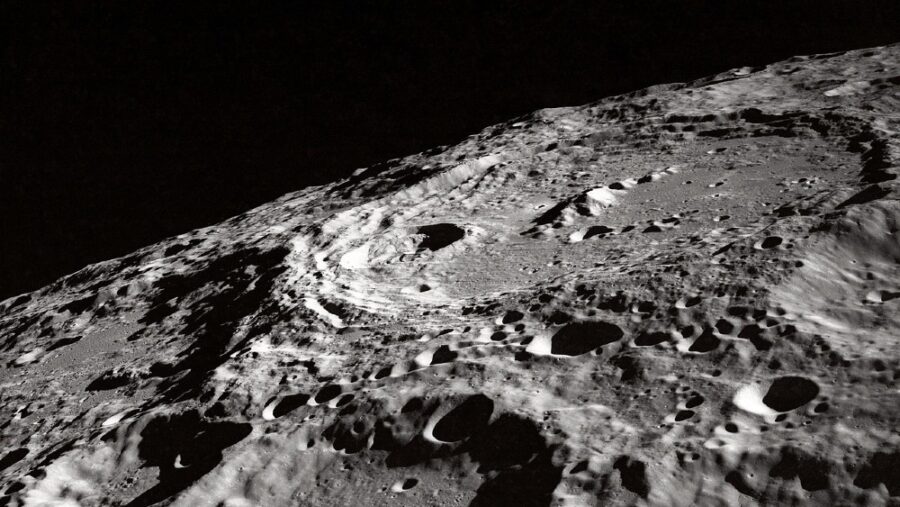
For as long as space programs have been around, countries all around the world have looked up to our Moon and pondered about its limitless possibilities, from setting up long-term research bases to founding colonies. Thanks to a discovery made by Chinese scientists, those lunar possibilities may be very close to becoming a reality. A research team at the Ningbo Institute of Materials Technology and Engineering of the Chinese Academy of Sciences has developed a new method that reveals the process of harvesting Moon water from lunar soil.
Water Is Hard To Find On The Moon
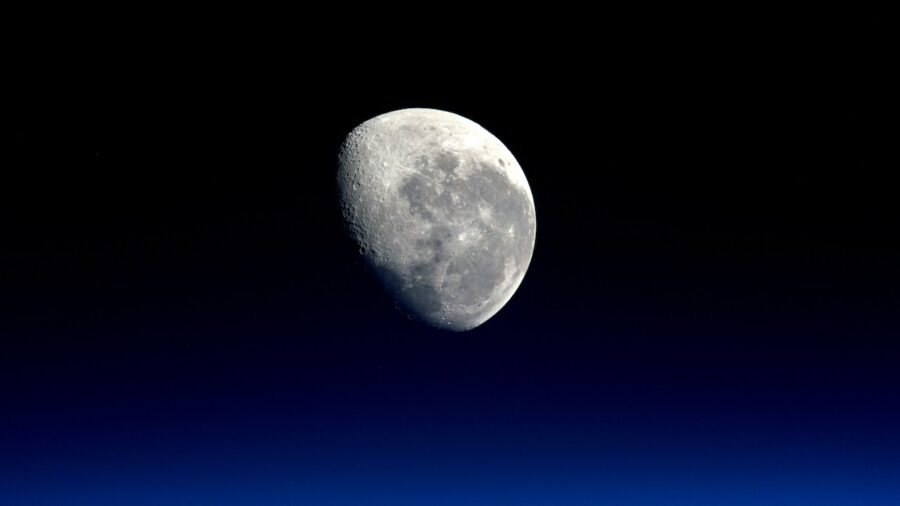
In order for long-term lunar research bases or colonies to become a reality, space programs such as NASA have attempted to overcome the obstacle of securing a guaranteed and successful water supply on the Moon.
However, the logistics of transporting enough water from Earth needed for a sizable team of lunar crew members on the Moon would become extremely difficult to accommodate. Similarly, both hydroxyl (OH) and naturally occurring water (H2O) are scarce on the lunar surface.
Traces Of Hydrogen
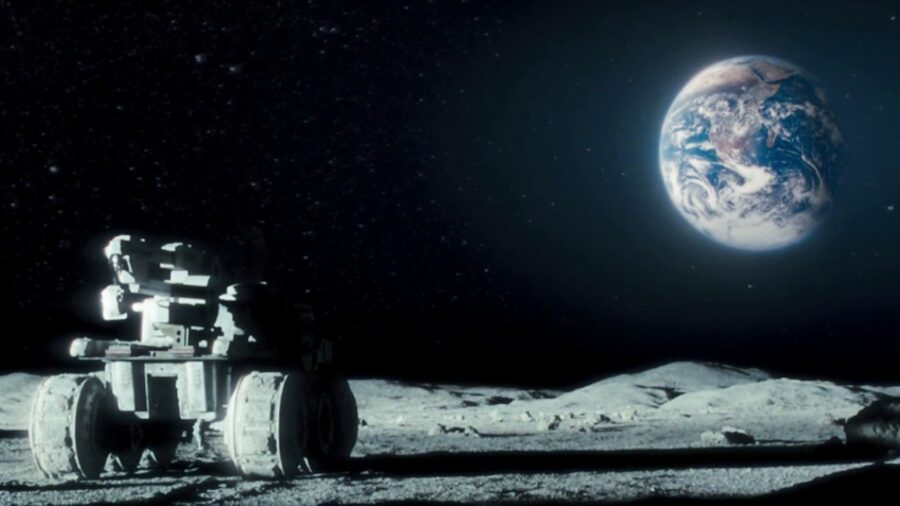
But not all hope for a fresh supply of Moon water is lost. In 2020, China’s Chang’e-5 mission became the first space program to secure new lunar samples in over four decades. Researchers from the state-run Chinese Academy of Sciences discovered that the minerals in these newly secured lunar samples contain sizable amounts of endogenous hydrogen, which, when reacting with elements such as lunar regolith and heated to very high temperatures, produce water vapor.
The newly developed process of extracting moon water from the lunar soil offers China a critical leg-up on competing space programs that are eyeing the future of operating research stations on the moon. According to the Chinese Academy of Sciences, the new method of water extraction is able to turn one metric ton of lunar soil into anywhere from 13 to 20 gallons of usable water, enough for around 50 people to survive.
Electrochemical Decomposition
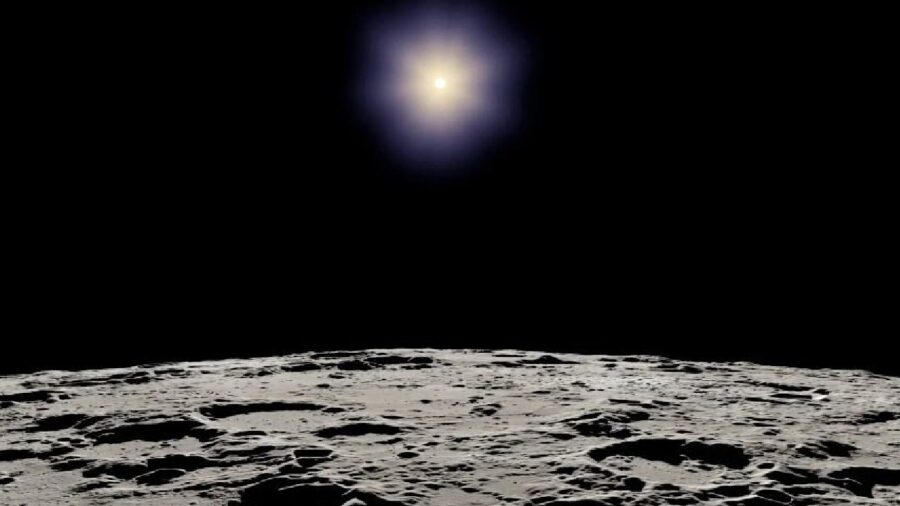
Perhaps just as important as securing plentiful drinking water, the Moon water collected from this new process could also be “electrochemically decomposed” into hydrogen and oxygen.
The newly formed hydrogen could be used for energy-based purposes, including powering research stations and other vital equipment or even being used to create hydrogen rocket fuel in order to launch long-range space missions. As for the oxygen that is processed, it could be potentially harvested into tanks and used to create a breathable indoor environment for crew members.
Plans For A New Space Station
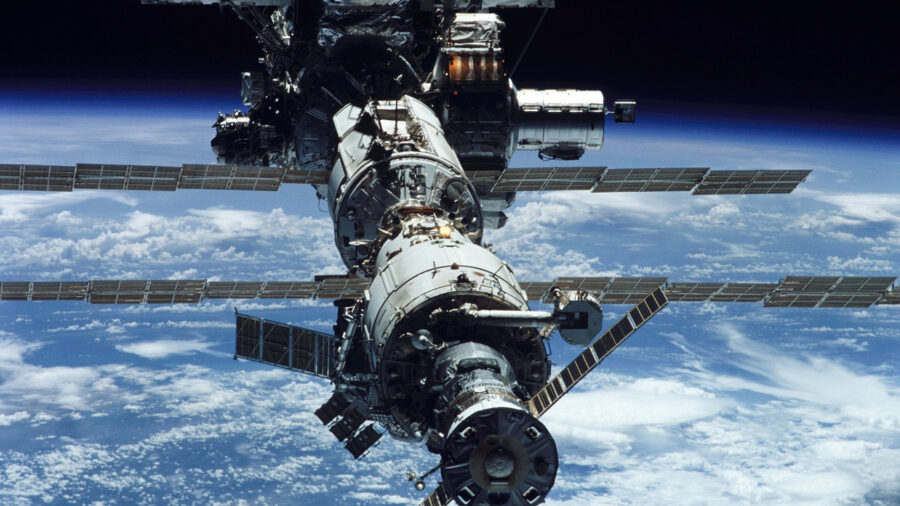
These new research breakthroughs will become valuable for the China National Space Administration (CNSA) and its goal of building and maintaining a crewed lunar space station by 2035, which will be located in the South Pole of the Moon. The country has also set a goal of constructing another crewed space station by 2045, which will orbit the Moon.
China’s Push For The Stars
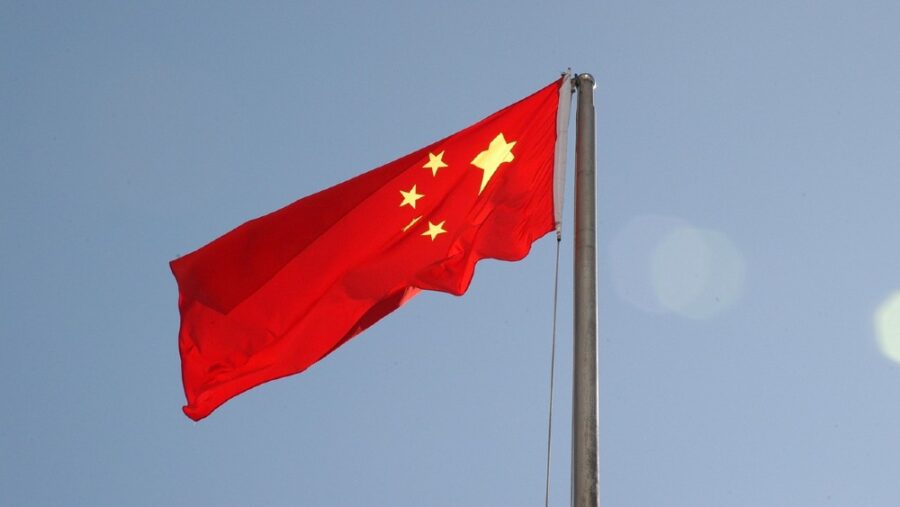
Since first being founded in 1993, the CNSA has quickly become one of Earth’s most well-funded space programs, coming in with an estimated 2023 budget of over $14 billion.
In 2007, the CNSA developed its Chinese Lunar Exploration Program, which has seen several successful lunar missions, including the Chang’e-5 mission. With its newly discovered Moon water extraction process, the CNSA has set itself up as a possible new leader in space exploration.
Source: Phys.Org













Login with Google